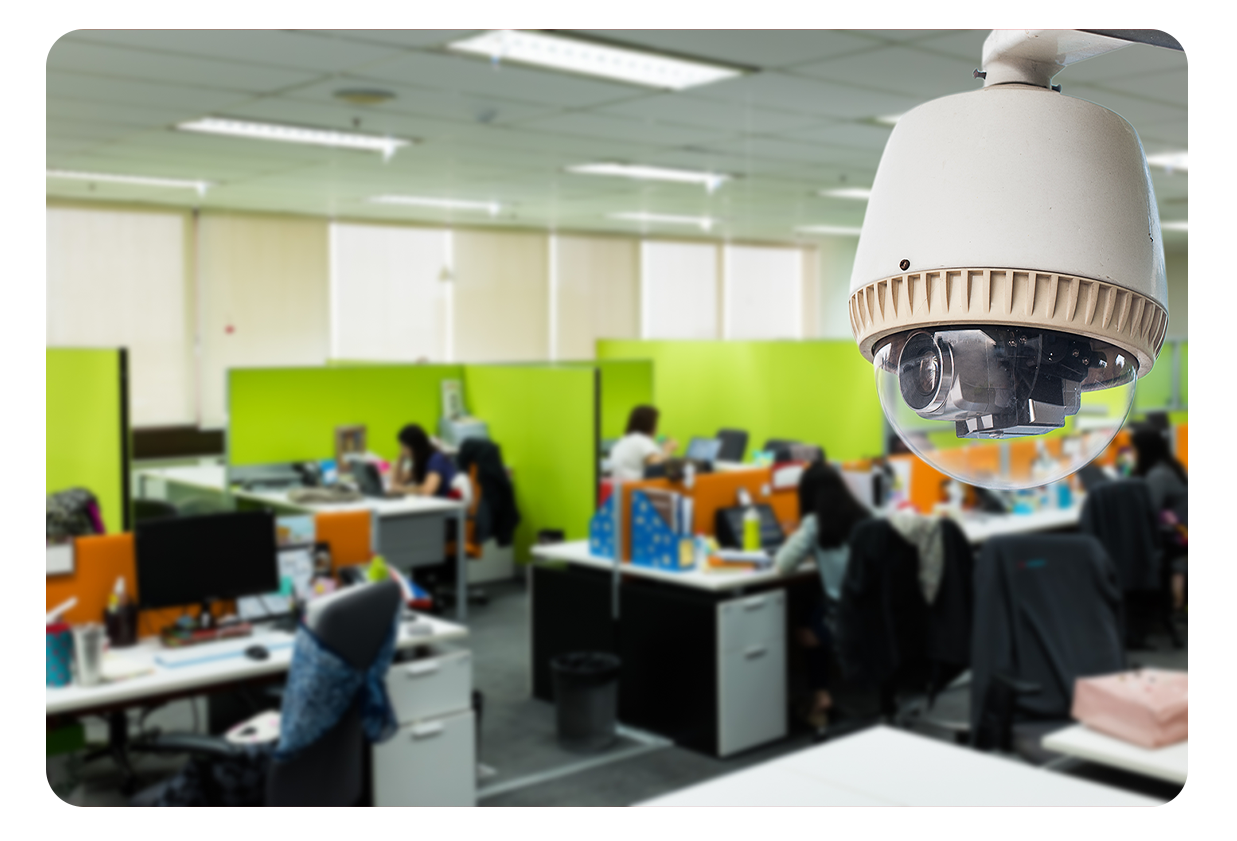When access control and video surveillance are managed by different vendors—and live on different platforms—what should take minutes to resolve often takes hours. You’re not chasing answers. You’re chasing context. And too often, it’s missing.
What Happens When Systems Don’t Sync
Here’s how one typical incident plays out:
- Staff report a suspicious person on site
- You check the access control log to see who entered
- Switch to the video feed to match the timestamped footage
- Realize the camera has failed
- Call vendor, sit on hold, rep finally answers, “not our issue”
- Loop in IT, loop in the front desk, loop in more frustration
Meanwhile, the person in question? Long gone. So is your afternoon.
Fragmentation Costs More Than Time
When security systems don’t talk to each other —they erode your team’s ability to respond quickly, creating more troubleshooting work, and adding expenses. They introduce more issues instead of answers. That leads to:
- Unresolved security breaches
- Finger pointing between vendors
- Slow resolution for active issues
- Repetitive service tickets
- Frustrated staff
- No accountability
This isn’t about hardware. It’s about alignment.
What Consolidation Looks Like
Bundling your access and video systems into a single managed service means:
- One platform with synced data
- One dashboard that shows access and video together
- One support team that already knows your system
- One contract, one bill, zero confusion
And in some cases, partners can work with the cameras and access systems you already have.
One view. One team. Total confidence.
With a unified platform, you’re not stuck sorting through support calls or toggling between tabs. You’re seeing the full picture—faster, clearer, and with one trusted partner at the center.
So, when something happens, your team isn’t just covered. They’re in control.

